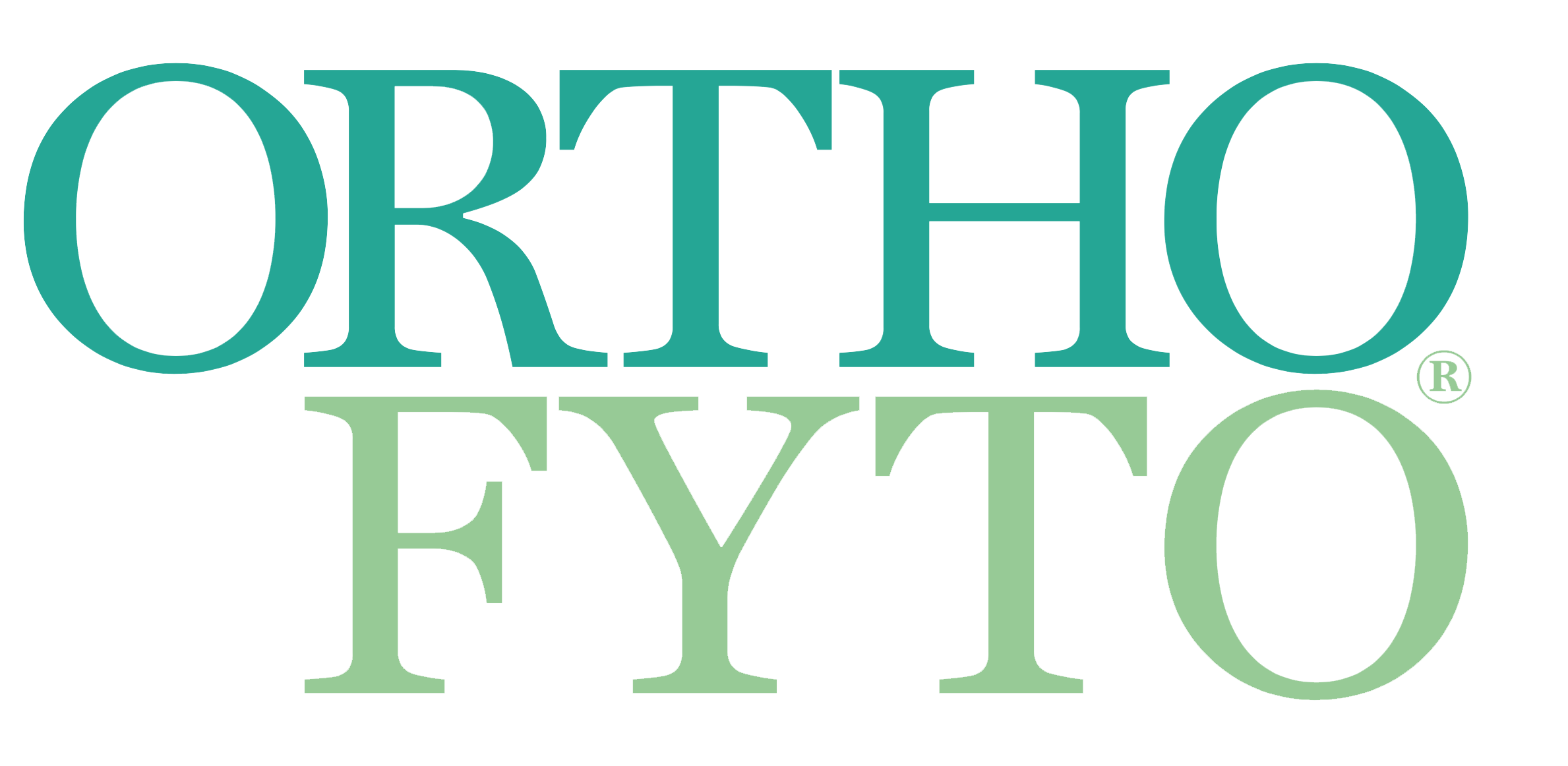De rol van voeding bij milieubelasting
11 Jun, 2018
Door: Emilia de Vries
Milieuvervuiling en het effect hiervan op de menselijke gezondheid is een toenemend probleem. Stoffen als zware metalen, ftalaten, pesticides, elektronisch afval en toxische chemische verbindingen (zoals PCB’s) zijn in groten getale aanwezig in ons ecosysteem. Ze zijn belastend voor de gezondheid van de mens en kunnen leiden tot allerlei chronische ziekten. Echter, volgens een recente review van de Universiteit van Kentucky staan we wellicht minder machteloos tegenover de lichamelijke effecten van deze toxines dan gedacht. Bepaalde voedingsstoffen blijken een positief modulerend effect te hebben op de impact van milieutoxines op ons lichaam, waarmee we de kans op chronische ziektes kunnen verlagen.1
Een groeiende hoeveelheid bewijs laat zien dat bepaalde voeding de schadelijke effecten van milieutoxines kan verminderen. In de huidige tijd van toenemende milieubelasting is het daarom zeer relevant om te kijken welke van deze zogenaamde ‘functionele voedingsmiddelen’ een remmende invloed hebben op bestaande pathologische processen, en welke voedingsstoffen op cellulair niveau preventief beschermend werken tegen de schade van toxische overbelasting. Op deze manier zouden in de toekomst milieugerelateerde ziektes effectiever aangepakt kunnen worden.
Onder leiding van dr. Bernhard Henning van de Universiteit van Kentucky is een literatuurreview uitgevoerd naar de meest waardevolle voedingsstoffen in dit vraagstuk.1 Als eerste wordt in dit onderzoek sesamzaad genoemd om zijn positieve eigenschappen. Het bevat bioactieve stoffen zoals sesamine, een type lignaan dat enerzijds een antioxidatieve en ontstekingsremmende werking heeft en anderzijds kankercellen remt. Uit een dierstudie blijkt dat sesamzaad een positief antioxidatief effect heeft op oxidatieve stress door het zware metaal cadmium. Daarnaast bezit het hartbeschermende eigenschappen.2 Consumptie van zwart sesammeel gedurende vier weken geeft volgens Wichitsranoi et al. een significante reductie in bloeddruk, het verlaagt het malondialdehyde-gehalte in het bloed (een marker voor oxidatieve stress) en het verhoogt vitamine E-niveaus bij mensen.3 Iraanse onderzoekers concluderen uit hun studie dat consumptie van 40 gram wit sesamzaad per dag een significante reductie geeft in totaalcholesterol en LDL-cholesterol.4 Op deze manier kan sesamzaad een cellulair beschermende werking uitoefenen tegen schade door toxische overbelasting.
Lees het gehele artikel vanaf pagina 36 in OrthoFyto 3/18. Wilt u het hele artikel als PDF ontvangen? Bestel het dan hier voor € 3,50 Bronvermelding:- Henning B, Petriello MC, Gamble MV, Surh YJ, Kresty LA, et al. The role of nutrition in influencing mechanisms involved in environmentally mediated diseases. Reviews on Environmental Health. 2018 March;33(1):87-97.
- Oyinloye BE, Ajiboye BO, Ojo OA, Nwozo SO, Kappo AP. Cardioprotective and antioxidant influence of aqueous extracts from sesamum indicum seeds on oxidative stress induced by cadmium in wistar rats. Pharmacognosy Magazine. 2016 May;12(2):S170-4.
- Wichitsranoi J, Weerapreeyakul N, Boonsiri P, Settasatian C, Settasatian N, et al. Antihypertensive and antioxidant effects of dietary black sesame meal in pre-hypertensive humans. Nutrition Journal. 2011 August;10(1):82.
- Alipoor B, Haghighian MK, Sadat BE, Asghari M. Effect of sesame seed on lipid profile and redox status in hyperlipidemic patients. International Journal of Food Sciences and Nutrition. 2012 September;63(6):674–8.
- Suk WA, Ahanchian H, Asante KA, Carpenter DO, Diaz-Barriga F, et al. Environmental pollution: an under-recognized threat to children’s health, especially in low- and middle-income countries. Environmental Health Perspective. 2016;124:A41–5.
- Gerhauser C, Alt A, Heiss E, Gamal-Eldeen A, Klimo K, et al. Cancer chemopreventive activity of Xanthohumol, a natural product derived from hop. Molecular Cancer Therapeutics. 2002 September;1(11):959–69.
- Pichler C, Ferk F, Al-Serori H, Huber W, Jager W, et al. Xanthohumol prevents DNA damage by dietary carcinogens: results of a human intervention trial. Cancer Prevention Research (Phila). 2017;10(2):153–60.
- Ferk F, Misik M, Nersesyan A, Pichler C, Jager W, et al. Impact of xanthohumol (a prenylated flavonoid from hops) on DNA stability and other health-related biochemical parameters: Results of human intervention trials. Molecular Nutrition and Food Research. 2016 April;60(4):773–86.
- Pinto C, Duque AL, Rodriguez-Galdon B, Cestero JJ, Macias P. Xanthohumol prevents carbon tetrachloride-induced acute liver injury in rats. Food and Chemical Toxicology. 2012;50(10):3405–12.
- Weh KM, Clarke J, Kresty LA. Cranberries and cancer: an update of preclinical studies evaluating the cancer inhibitory potential of cranberry and cranberry derived constituents. Antioxidants (Basel). 2016 August;5(3):pii: E27.
- Blumberg JB, Basu A, Krueger CG, Lila MA, Neto CC, et al. Impact of cranberries on gut microbiota and cardiometabolic health: proceedings of the cranberry health research conference 2015. Advances in Nutrition. 2016 July;7(4):759S–70S.
- Safavi M, Sabourian R, Foroumadi A. Treatment of Helicobacter pylori infection: Current and future insights. World Journal of Clinical Cases. 2016 January;4(1):5–19.
- Anhe FF, Roy D, Pilon G, Dudonne S, Matamoros S, et al. A polyphenol-rich cranberry extract protects from diet-induced obesity, insulin resistance and intestinal inflammation in association with increased Akkermansia spp. population in the gut microbiota of mice. Gut. 2015 June;64(6):872–83.
- Guo M, Perez C, Wei Y, Rapoza E, Su G, et al. Iron-binding properties of plant phenolics and cranberry’s bio-effects. Dalton Transactions. 2007 November;(43):4951–61.
- Hennig B, Meerarani P, Slim R, Toborek M, Daugherty A, et al. Proinflammatory properties of coplanar PCBs: in vitro and in vivo evidence. Toxicology and Applied Pharmacology. 2002 June;181(3):174–83.
- Petriello MC, Newsome B, Hennig B. Influence of nutrition in PCB-induced vascular inflammation. Environmental Science and Pollution Research International. 2014 May;21(10):6410–8.
- Stingone JA, Luben TJ, Carmichael SL, Aylsworth AS, Botto LD, et al. Maternal exposure to nitrogen dioxide, intake of methyl nutrients, and congenital heart defects in offspring. American Journal of Epidemiology. 2017 September;186(6):719–29.
- Lin H, Guo Y, Zheng Y, Di Q, Liu T, et al. Long-term effects of ambient PM2.5 on hypertension and blood pressure and attributable risk among older Chinese adults. Hypertension. 2017 May;69(5):806–12.
- Peters BA, Hall MN, Liu X, Parvez F, Sanchez TR, et al. Folic Acid and creatine as therapeutic approaches to lower blood arsenic: a randomized controlled trial. Environmental Health Perspective. 2015 December;123(12):1294–301.
